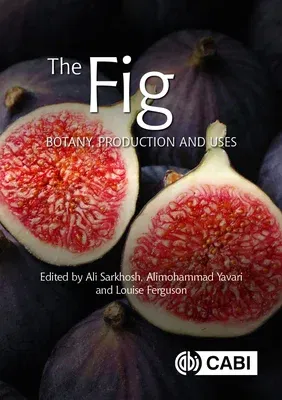The common fig Ficus carica L. is an ancient fruit native to the
Mediterranean. Dried figs have been successfully produced and processed
in arid regions with little sophisticated infrastructure for centuries.
Figs are rich in fibre, trace minerals, polyphenols and vitamins, with
higher nutrient levels than most fruits.
Advances in agricultural production and postharvest technologies have
not only improved the efficiency of dried fig production but have
facilitated the development of both local and export high value fresh
fig industries. The result is high quality fresh figs marketed
internationally throughout the year.
This book provides a comprehensive summary of fig growing, processing
and marketing from a scientific and horticultural perspective. The
nineteen chapters include in-depth discussions of:
- History
- Physiology
- Breeding and Cultivars
- Propagation
- Site Selection and Orchard Establishment
- Nutrition and Irrigation Management
- Pollination Management
- Integrated Pest Management
- Greenhouse Production
- Harvesting, Dried and Fresh Fig Processing
- The Medicinal Uses of Figs
- World Fig Markets
The Fig: Botany, Production and Uses is a comprehensive applied
resource for academic researchers, also producers, processors, and
marketers of dried and fresh figs.

